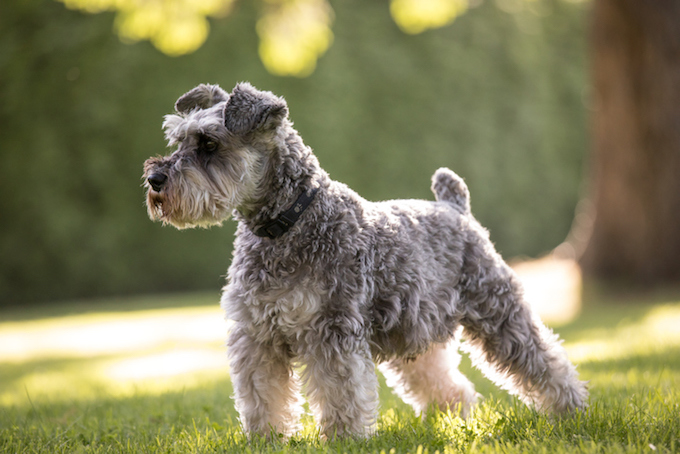Sick sinus syndrome in dogs happens when the sinus node affects the heart rate. The condition can causes a dog’s heart rate to increase or decrease.
Unfortunately, the condition can cause organ disfunction. This is because the heart cannot supply the organs with the necessary amount of blood they need.
Technically, the condition is often shortened to SSS. The condition is also known as bradycardia-tachycardia syndrome or sinus node dysfunction.
If you see the signs of sick sinus syndrome in your dog, then get to a veterinarian for a proper diagnosis and treatment.
Here’s what you should know about the symptoms, causes, and treatments for the condition.
Symptoms of Sick Sinus Syndrome in Dogs
The condition produces a range of symptoms. For example, some of the most common symptoms include:
- Fainting
- Collapsing
- Fatigue
- Very fast or very slow heart rate
- Seizure
- Acting weaker than usual
Causes of Sick Sinus Syndrome in Dogs

The cause of the condition can involve a few factors. For instance, the following breeds are most likely to develop the condition due to genetic issues:
- Miniature Schnauzer
- Cocker Spaniel
- Boxer
- Dachshund
- West Highland White Terrier
Additionally, dogs who are over the age of six-years-old are more likely to suffer from the condition than younger pups. Also, female dogs seem more at risk of the condition than male dogs.
Treatments for Sick Sinus Syndrome in Dogs
Firstly, your vet will ask about your dog’s symptoms. Secondly, your vet will ask about your dog’s full medical history. This will include a focus on any breed-specific problems.
Thirdly, a full physical examination will be carried out. Blood and urine tests will be taken.
Additionally, your dog’s sinus node function will be assessed. Also, an electrocardiogram (ECK) can be used to closely monitor your dog’s heart performance.
Generally, fitting your dog with a pacemaker is the main treatment for the condition. This device will help to normalize your dog’s heart rate.
While recovering at home it is important to provide your dog with a quiet and calm environment. Also, limit your dog’s exercise. Your vet can help formulate an exercise plan that’s safe for your dog.
Have you ever cared for a dog who suffered from this condition? How did your vet help your dog recover? Let us know in the comments section below.









